People
Current Members:
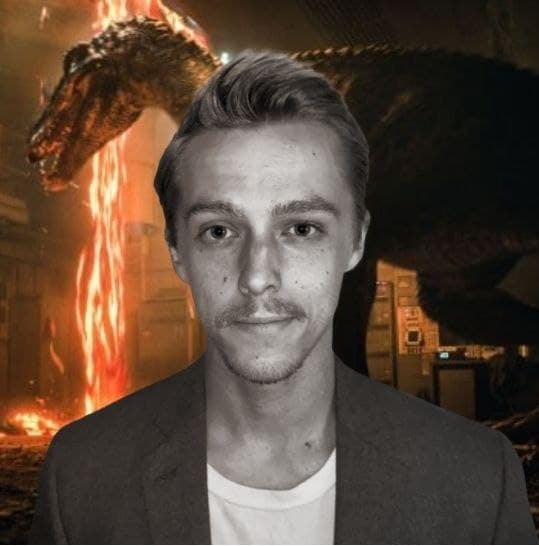
Parker Brewster, Master Student
Parker Brewster is a second year Master’s student with hopes of pursuing a medical degree with a strong foundation in engineering and translational sciences. On top of starting his own med-tech company with a flagship device that has now undergone two medical device accelerators, he has held research positions in five areas (radiology, pharmacognosy, study of DNA, bioinformatics, and mechanical engineering), with his bioinformatics training being done through an NIH fellowship at the National Center for Advancing Translational Sciences.

Farhad Farzbod, Associate Professor
Farhad is an associate professor in the mechanical engineering department of the University of Mississippi (Ole Miss). He joined Ole Miss in the fall of 2015.
Previously, he was a research hardware engineer at Google[x] lab. His work involved modeling and design of various transducers and sensors such as next generation bone conduction transducer. They looked into the future technologies for sensors and actuators. He was also an adjunct faculty at the mechanical engineering department of San Jose state university. Before moving to the bay area, he was a Postdoctoral Researcher / Associate Engineer at Idaho National Laboratory (INL),which is one the 16 National Laboratories operated by the United States Department of Energy. He worked in the Energy & Environment Science and Technology Directorate. He was working mainly in the area of modeling hybrid systems by Modelica and material characterization using laser ultrasound.
Farhad’s research experience lies in the general areas of vibrations, mechatronic design, controls and solid mechanics. He has a strong background in analyzing wave propagation in periodic systems, finite element analysis, sensor design, multi-scale modeling, design of smart materials, controls and ultrasonics.
Farhad received my Ph.D. from the mechanical engineering department at the Georgia Institute of Technology (Georgia Tech). He also got a master degree in mathematics and a master degree in electrical and computer engineering from Georgia Tech, and a master degree in mechanical engineering from the university of Toronto, his undergraduate degree is from the University of Tehran. You can see his resume here and hits home page is here.

Tereza Janatova, Master Student
Tereza Janatova, a native of the Czech Republic, holds a bachelor’s degree in electrical engineering with an emphasis in biomedical engineering and is currently a second-year master’s student pursuing a degree in engineering science with an emphasis in mechanical engineering. Tereza is a former student-athlete at the University of Mississippi, where she competed as a member of the women’s tennis team and held several leadership positions as a member of the Student-Athlete Advisory Committee, a board member of the Rebels’ international, and vice president of Eta Kappa Nu. For her engagement in community service, academic and athletic achievement, Tereza received several accolades and scholarships, most notably the NCAA postgraduate scholarship, SEC Scholar-Athlete of the Year, and SEC Brad Davis Community Service Award. Tereza plans to pursue a career that will allow her to combine her passion for sport and the medical field and her background in engineering.
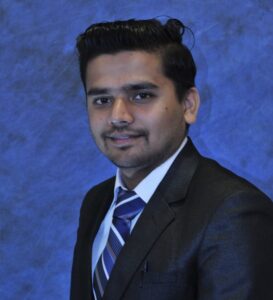
Sudesh Pathak, Undergraduate Student
Sudesh is a senior year undergraduate student, graduating in May 2022, with a major in Mechanical Engineering and a minor in Computer Science. He is an honors student and has been on Chancellor’s Honor Roll every semester. He had worked as a Student Ambassador for the School of Engineering, Teaching Assistant for Mechanics of Materials, and Resident Assistant. He worked with Kohler Engines as a Mechanical Design Engineering Co-op and is currently working with Robert Bosch LLC as a Development Engineering Co-op. As an undergraduate research assistant, his involvement in the lab includes modeling and simulation of metamaterials with electrostatic interactions.
Past Members:

Gagan Dangi, Undergraduate Student
Gagan holds an undergraduate degree (honors) in Mechanical Engineering from the University of Mississippi. He has worked as a Teaching Assistant for Engineering Analysis III and as a member of the Engineering Student Body Leadership Council. His honors thesis work includes the Analysis of Scramjet Engine Fuels with the study to lower starting Mach number. He currently works as an Operations Engineer at Boston Metal.
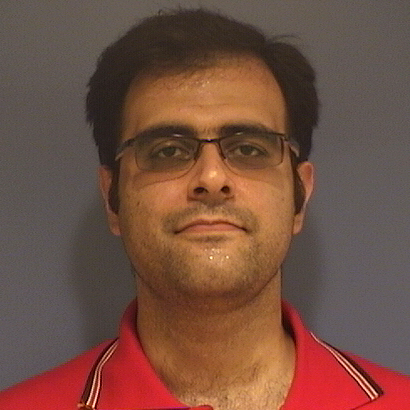
Masoud Naghdi, PhD Student
Masoud graduated with PhD in Mechanical engineering in the summer of 2021. His research was in the area of Nonreciprocity Applications in Acoustics and Microfluidic Systems. He published two journal papers and various conference papers when he was the member of the lab. His research involved theoretical work and fabrication. He served as TA for various graduate and undergraduate courses such as mechatronics, dynamics, engineering system analysis and design, and linear controls. He got his undergraduate degree from the IKIU and his masters from Isfahan University of Technology in Iran both with distinction.

Christopher Sevigney, Master Student
Chris Sevigney holds BS and MS degrees in Mechanical Engineering from the University of Mississippi, where his research focused on structural acoustics and ultrasonic methods for NDE. His paper in this subject was published in ASME journal of Vibartion and Acoustics. His work was partly funded by the air force research lab.
He is now a robotics Ph.D. student at Georgia Tech and a member of the BioMedical Mechatronics (BM2) Lab, where he is working under Dr. Yue Chen to develop modern robotic systems for medical applications.
Research
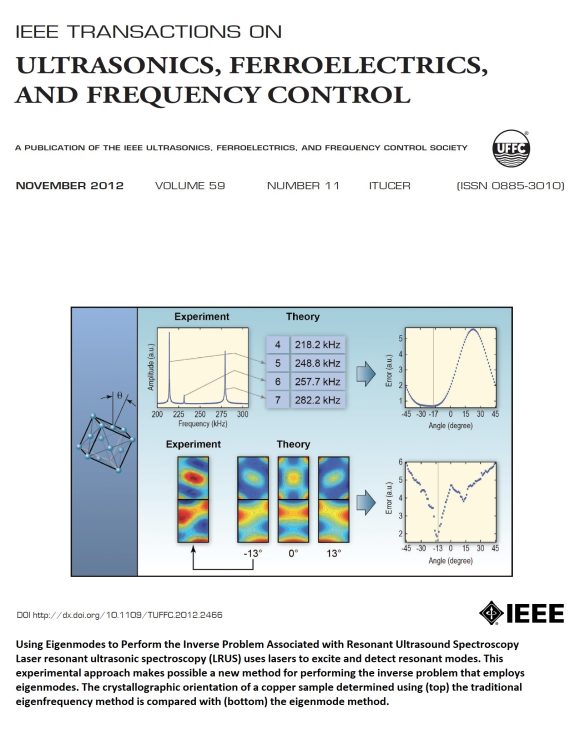
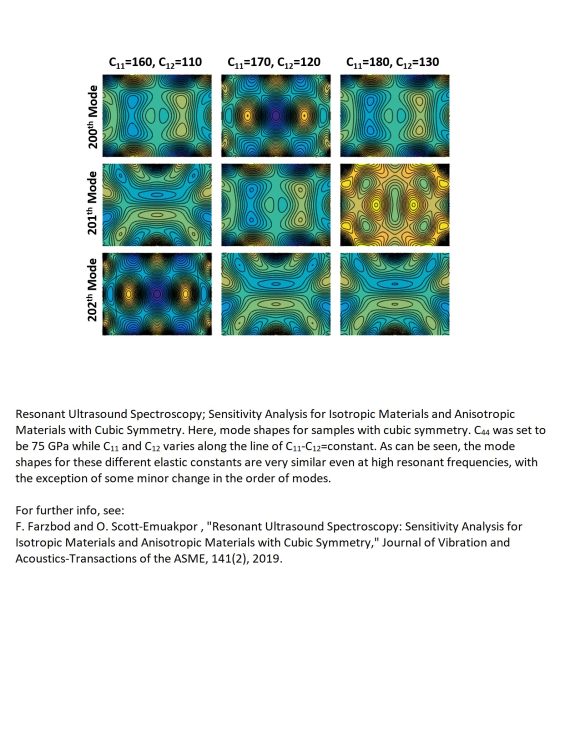
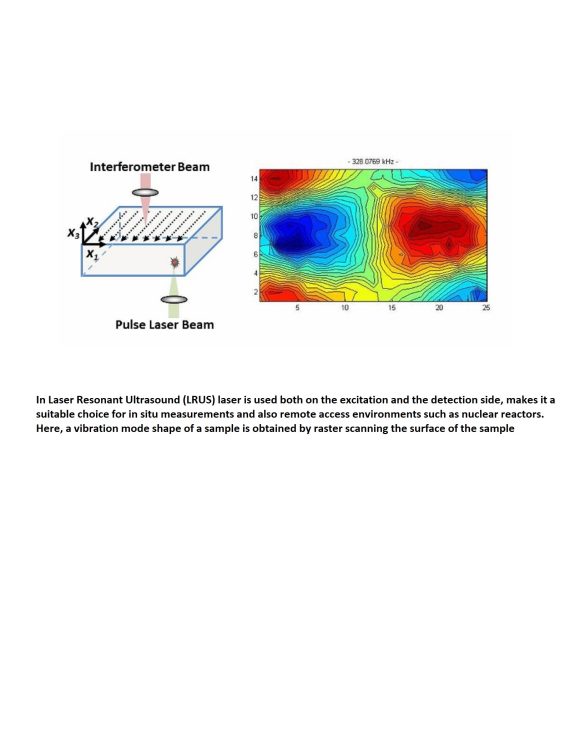
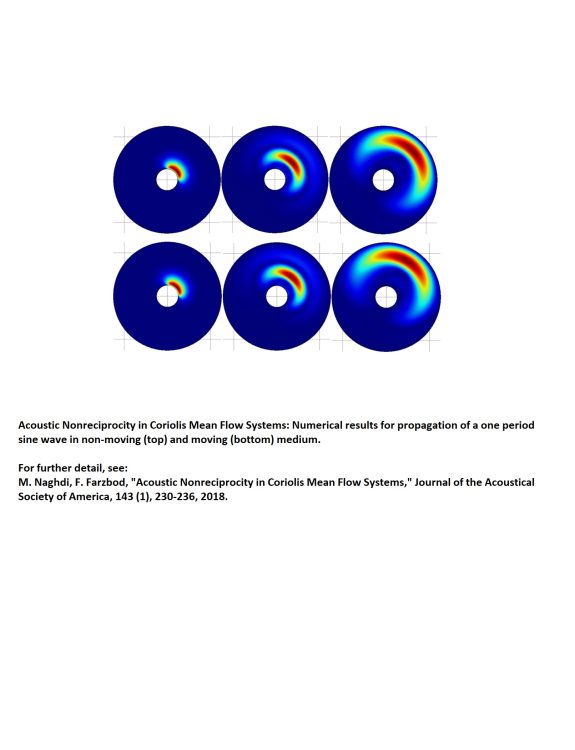

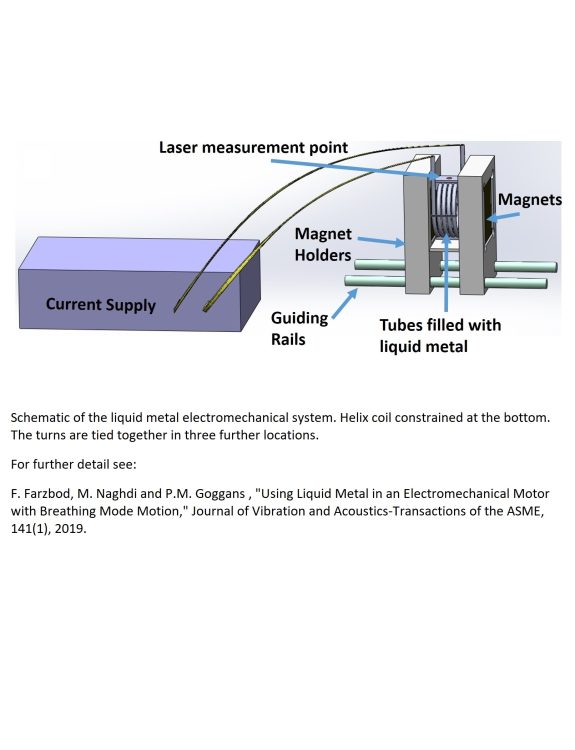
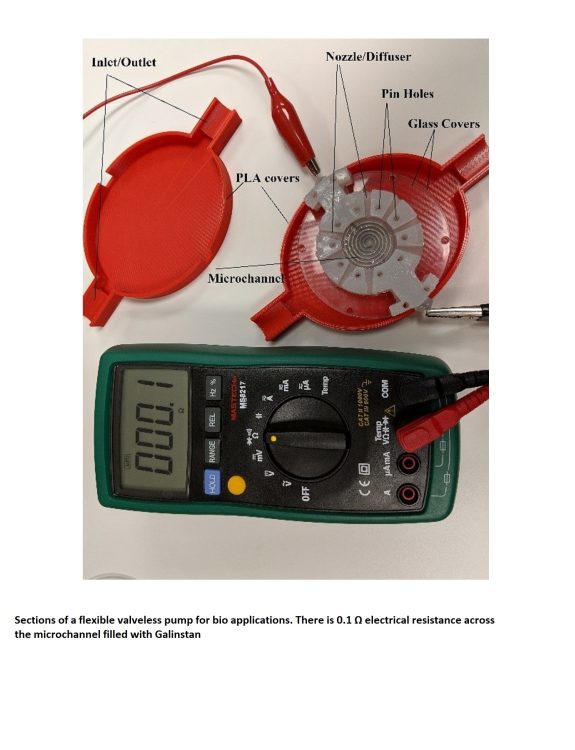
(1) Periodic Structure (Specifically Acoustic Metamaterials): Periodic structures are a type of metamaterial in which the physical properties depend not only on details of the unit cell but also on how unit cells are arranged and interact with each other. These structures have remarkable wave propagation properties, making them suitable materials for acoustic filters and wave beaming (steering and focusing a beam of sound) devices.
(2) Material Characterization Using Resonant Ultrasound Spectroscopy. Resonance ultrasound spectroscopy (RUS) is a non-destructive technique for evaluating elastic and an-elastic material properties. RUS is especially an important method to measure the properties of an anisotropic material. The frequencies of free vibrations for a carefully crafted sample are measured, and material properties can be extracted from this. However, there are still issues with the sensitivity of this method. In one popular application, the determination of monocrystal elasticity, the results are not always reliable. In some cases, the resonant frequencies are insensitive to changes in certain elastic constants or their linear combinations. There has been increased interest in hypersonic aerospace vehicles. Building such vehicles usually requires ultrahigh-temperature ceramics (UHTC) capable of handling high temperatures while maintaining their structural integrity in leading-edge and nozzle components. Ultrahigh-temperature ceramics have applications in gas turbines as well. Understanding the properties of these structural materials is critical for the design and life cycle of parts in many of the applications mentioned above. An example of applying this understanding, where far more accurate results are desired than previously, is next-generation fleet management of gas turbine engines. Via the digital twin initiative, gas turbine engines industries have been intrigued by the possibility of virtual inspection and fleet management. To use digital twin concepts, i.e., part-specific virtual representation of engine systems, exact spatial material properties must be determined for specific components. Virtual inspection and modeling are also desired for components space vehicles with re-usable atmospheric re-entry capabilities. One of the main features of these structural ceramics is their elastic and anelastic properties.
(3) Novel Actuators: We have been working on various actuators using liquid metals. We have developed multiple actuators for valveless pumps, omnidirectional speakers, and breathing mode motors. We have published a journal paper about the breathing mode motor in an ASME journal and a paper for valveless pump in an ASME proceedings. This is a promising area for bio applications. Because it is valveless and we believe it is scalable for microfluidic. We have tried to scale it down since a year ago, and it is an ongoing project. The other actuator that was the focus of our group was high-band-width, low-loss electroactive polymers and polymers with graphene layers. This work is a collaboration between three departments of Civil, Chemical and Mechanical Engineering.
Our location: